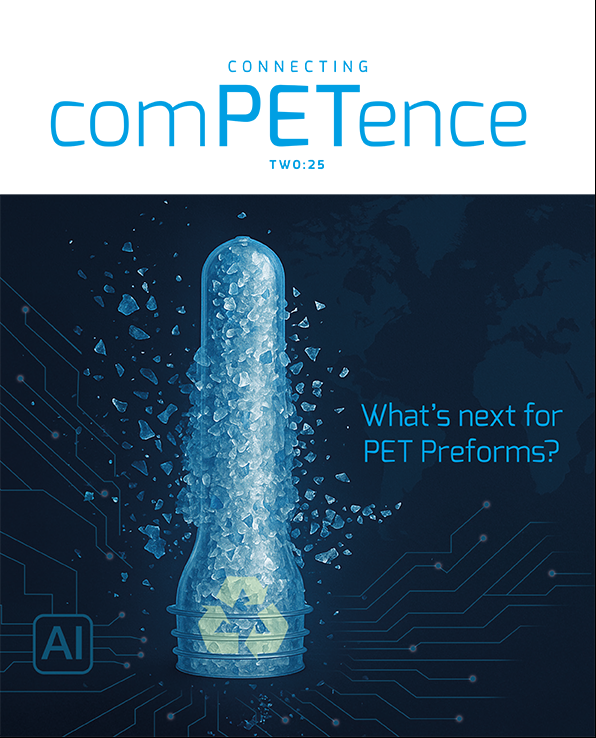Why a new Wet Test Standard?
Plastics Manufacturers need a reliable wet test method to determine the fines and dust content in plastic pellets.
| Plastics Processors’ increasing quality demands for resins with low fine content forced the plastic manufacturers to improve the quality of their resins. Installation of DeDusters™ under the silos before bag packaging or filling stations for rail cars and trucks is considered state- of-the-art technology today. In order to prove the remaining dust content after DeDusting, a test method became necessary. |
The European Federation established a wet test method to determine the content of fines in the year 1999, the FEM 2482. This method defines dust content in three classes: Type A from 63ìm to 500ìm, Type B from 45ìm to 500ìm, and Type C from 20ìm to 500ìm.The FEM standard doesn’t determine a fines analysis below 20ìm. In addition, the fines analysis apparatus described in the FEM standard faces one major issue; it uses a closed loop automated water washing system for one hour for separation of the fines from the pellets. The tumbling effect, along with the friction of the pellets against the sieve and walls of the apparatus, can potentially create additional fines during the separation process.
This method may lead to tampered results, depending on the pellets characteristics. Particularly, the very fine dust particles are the cause of quality problems during processing. For many years, Pelletron has used a fines analysis to measure the dust between 1.6ìm to 500ìm. Pelletron has worked with ASTM to establish the new standard using the Pelletron fines analysis procedures, the FineAlyzer™. The Pelletron method in accordance with the ASTM procedure avoids any vigorous movement or friction of pellets during the fines separation process and delivers the most accurate, non-tampered measuring results.
How the FineAlyzer™ works
The fundamental principal used by the FineAlyzer™ is based on the condition that the unwanted dust and fines will normally adhere to the larger pellets and will be removed by rinsing the test sample with a liquid (preferably demineralized water). This causes the fines and dust in the sample to wash away to the beaker below. These particles are then poured into the filter collection unit, separating the fines from the water. The weight of the filter paper is very accurately measured before and after the collection process, and this weight is used to calculate the PPM of the sample. The wet analysis quantifies the amounts of dust with particle sizes from 1.6 to 500 microns.
|
|







